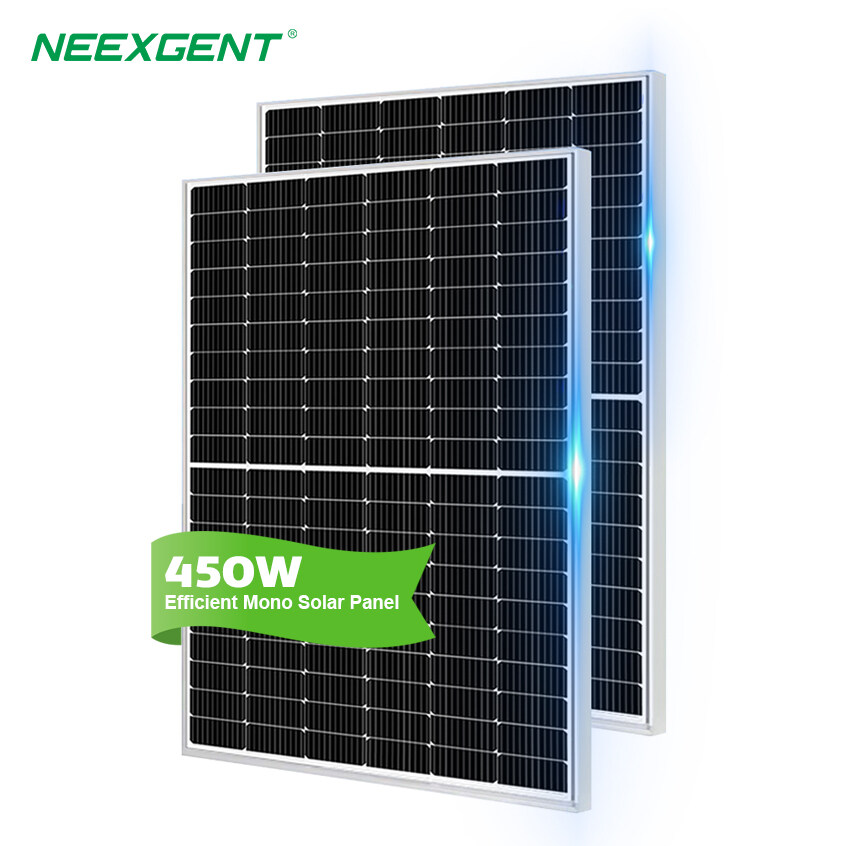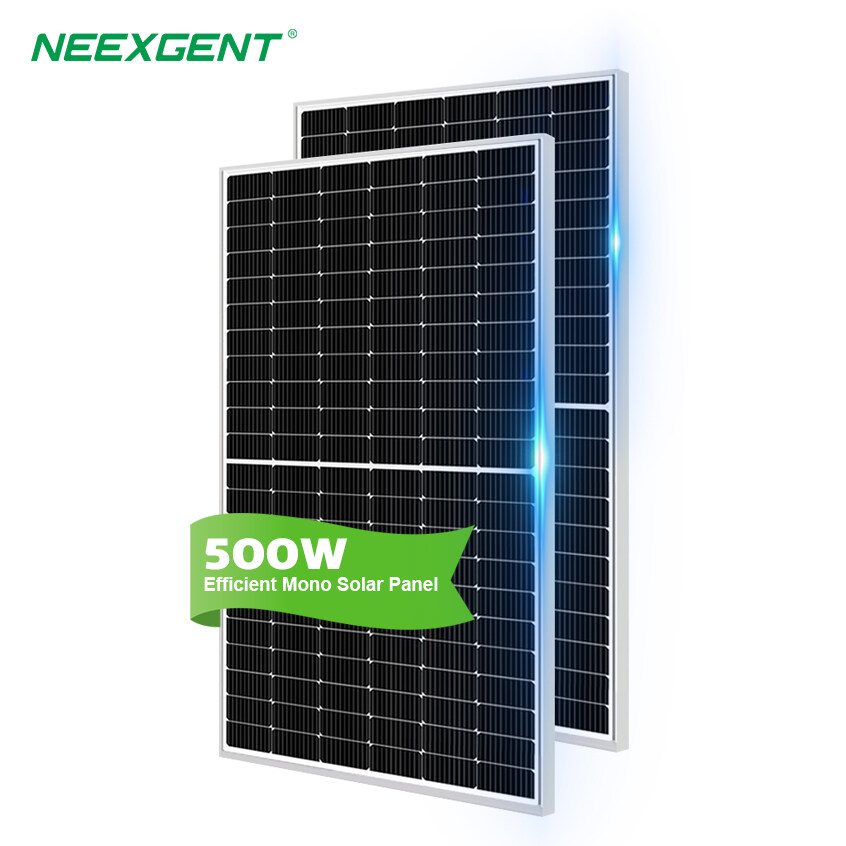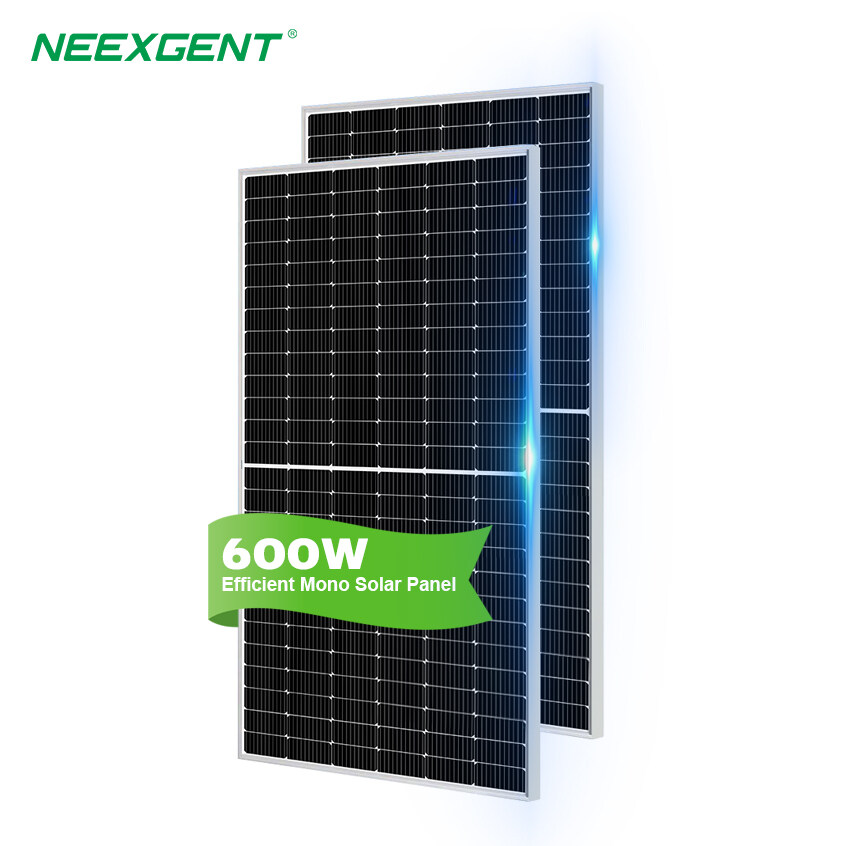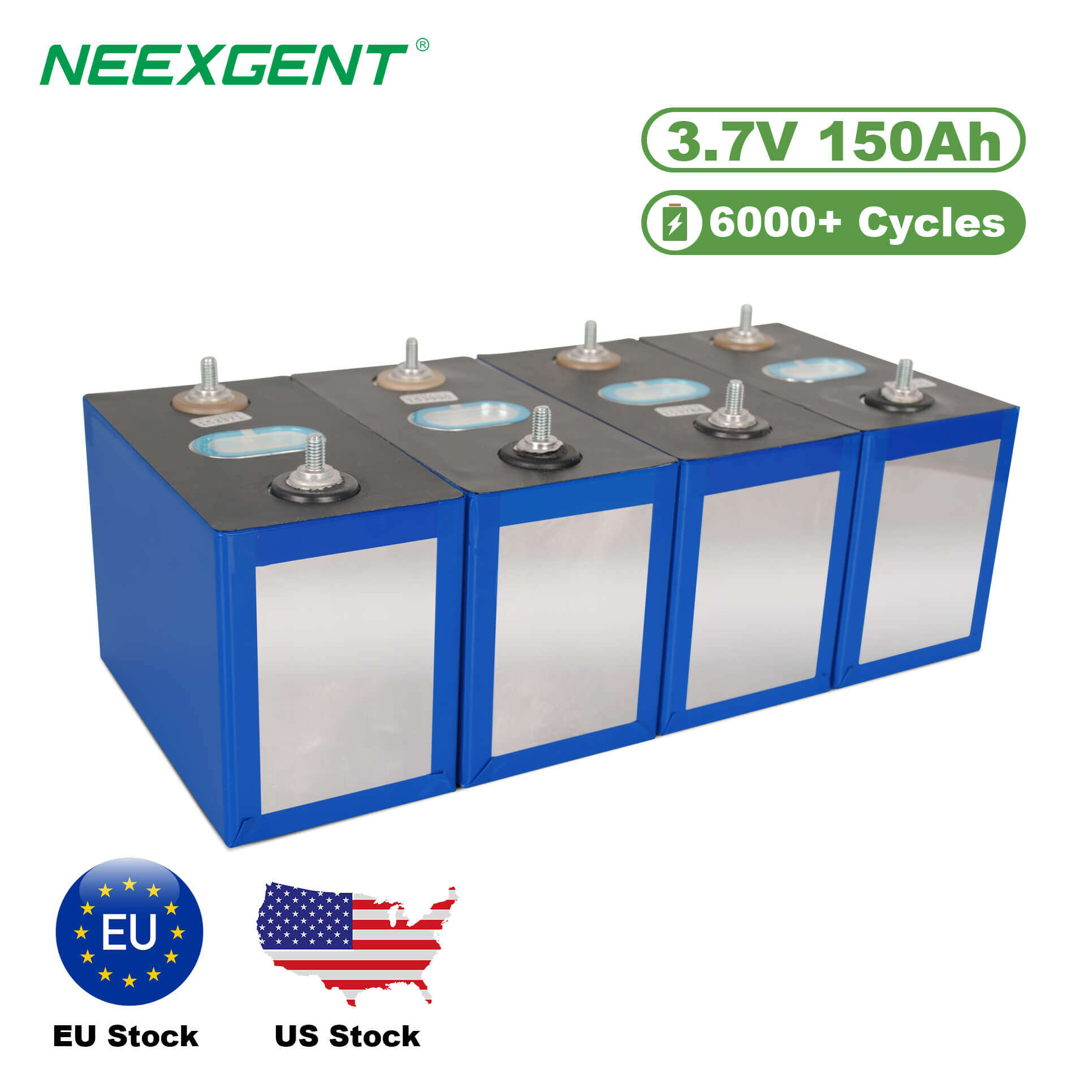Contents:
Solar panels are a popular choice for homeowners and businesses aiming to reduce their electricity bills and carbon footprint. However, one key question that often arises is whether you will be charged for having solar panels. While installing solar panels can reduce energy costs over time, there are various financial factors, such as installation fees, grid connection costs, and maintenance expenses, that may lead to charges associated with their use.
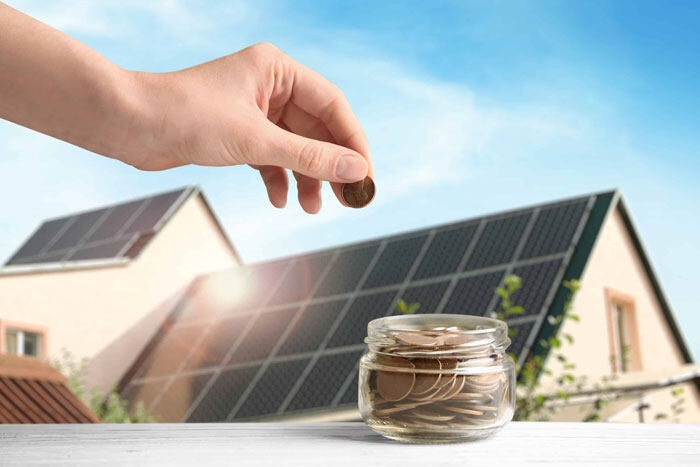
Factors Influencing Charges for Having Solar Panels
1. Installation Costs
The most significant cost when getting solar panels is the initial installation. Depending on the size of your system and the quality of the panels, installation costs can range from $10,000 to $30,000 for residential properties. These costs can be reduced significantly with incentives such as federal tax credits or state-level rebates.
-
Federal Tax Credit: The Investment Tax Credit (ITC) in the U.S. offers homeowners the opportunity to deduct 26% of the cost of installing a solar panel system from their federal taxes. This can result in significant savings.
-
State and Local Incentives: Many states offer additional tax credits or rebates, further lowering installation costs. The exact incentives vary depending on your location, so it’s important to check local government websites for available offers.
2. Grid Connection Fees
Even with solar panels installed, most households or businesses remain connected to the electrical grid. This is crucial for situations where your solar panels may not generate enough electricity (e.g., during cloudy weather or at night) and you need to draw power from the grid.
-
Monthly Grid Connection Fees: Utility companies typically charge a monthly fee to maintain the infrastructure that connects your solar system to the grid. These charges range from $5 to $50 per month depending on your location and the utility company.
-
Fixed Costs for Grid Access: Some utilities have a fixed fee for grid access, which is usually independent of how much electricity you use or generate. This fee can be a set amount or vary based on the system size.
3. Net Metering Charges
One of the benefits of having a grid-tied solar panel system is the ability to send excess electricity back to the grid through a process called net metering. In this setup, when your solar panels produce more power than you need, the excess is fed into the grid, and you receive credits for that energy.
-
Net Metering Policies: While most utilities provide net metering credits, the rate at which you are credited for your excess energy varies by location and utility company. In some regions, utilities offer one-to-one credit, meaning you are credited the same rate at which you purchase power. In other areas, the credit might be less, meaning you might not fully offset your electricity costs through this process.
-
Potential Fees for Excess Power: Some utility companies impose limits on the amount of excess power you can send back to the grid or charge additional fees for the privilege of connecting to the grid. It's important to confirm with your utility company whether such fees or limits apply.
4. Off-Grid Solar System Costs
For those who prefer not to stay connected to the grid, off-grid solar systems are an option. These systems are self-sufficient and require batteries to store the energy generated by the solar panels. While you avoid grid connection fees, off-grid systems tend to be more expensive due to the need for substantial battery storage.
-
Higher Upfront Costs: Off-grid systems require large batteries to store energy, which can significantly increase the initial cost of installation. Additionally, off-grid systems require ongoing battery maintenance and occasional replacements, adding to the long-term costs.
-
No Grid Connection Fees: Since off-grid systems are not connected to the grid, you do not pay any grid connection fees. However, the high initial investment and maintenance costs make these systems less attractive for many homeowners and businesses.
5. Solar Panel Maintenance Fees
While solar panels are generally low-maintenance, occasional cleaning and monitoring are necessary to ensure optimal performance. Some service providers charge a maintenance fee, typically ranging from $100 to $300 per year, to handle panel cleaning and system checks.
-
Regular Monitoring: Even though solar panels require little upkeep, they benefit from periodic maintenance to ensure the panels are free from debris, dirt, and other obstructions that could reduce their efficiency.
-
Warranty and Servicing: Many solar panel manufacturers provide warranties of 10 to 25 years, covering defects and performance issues. However, service fees for maintenance or repairs not covered under warranty can add to the total cost.

Financial Benefits of Solar Panels
Despite the associated costs, solar panels offer numerous financial benefits that often outweigh the charges incurred. Here are some of the key advantages:
-
Lower Monthly Electricity Bills: The most significant financial benefit of solar panels is a reduction in your monthly electricity bills. Even if you have to pay a small grid connection fee, the cost savings from generating your own electricity can be substantial over time.
-
Return on Investment (ROI): The average return on investment for a solar panel system is typically between 6 to 10 years. After that period, your solar panels will continue to generate electricity at little to no cost, providing significant savings.
-
Increased Property Value: Homes with solar panels often see an increase in property value, making them more attractive to buyers. Studies have shown that solar-powered homes sell for 4% to 6% more than comparable homes without solar panels.
-
Energy Independence: With solar energy, you become less dependent on the grid, which can protect you from rising electricity costs and power outages. This is particularly beneficial in areas with volatile energy prices.
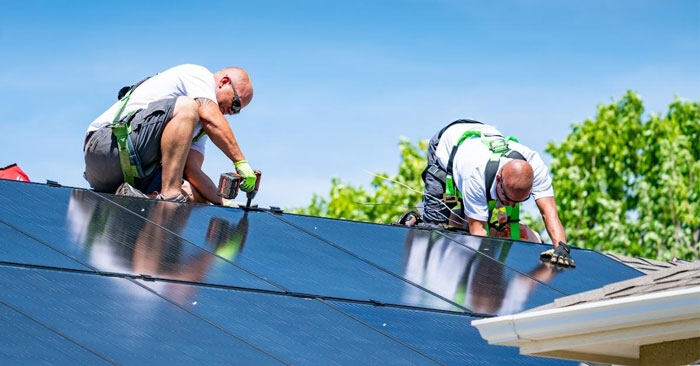
Breakdown of Costs for Solar Panel Systems
The following table shows a detailed breakdown of the various costs and financial benefits associated with solar panel systems.
| Cost Category |
Description |
Estimated Cost |
| Installation Cost |
Cost to purchase and install solar panels |
$10,000 - $30,000 |
| Federal Tax Credit |
Federal incentive for installing solar panels |
26% of the total cost |
| State/Local Incentives |
Rebates or tax credits from local government |
Varies by location |
| Grid Connection Fees |
Monthly fees for maintaining the grid connection |
$5 - $50/month |
| Net Metering Credits |
Credits for sending excess electricity back to the grid |
Varies by utility |
| Maintenance Fees |
Annual service and cleaning fees for solar panels |
$100 - $300/year |
Solar Energy Savings Over Time: A Visual Representation
To better understand the financial impact of having solar panels over time, here is a line chart demonstrating how savings can accumulate over the first 10 years after installation. This data shows the cumulative savings from reducing electricity bills, taking into account installation costs, grid connection fees, and maintenance fees.
This chart demonstrates the cumulative savings from having a solar panel system over the first 10 years, showing how costs begin to be offset by energy savings.
Conclusion
While there are some costs associated with having solar panels, including installation fees, grid connection charges, and maintenance, the long-term financial benefits make it a worthwhile investment for many homeowners and businesses. Through savings on electricity bills, potential tax incentives, and increased property value, solar panels offer significant financial advantages over time. The data from both the cost breakdown table and the savings chart demonstrate how solar energy can lead to substantial savings and greater financial independence in the years to come.

